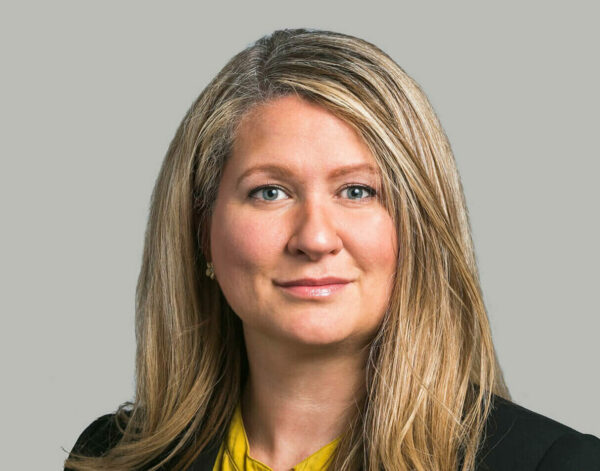Vicarious Liability – where are we now?

Vicarious liability has been a hot topic for more than five years. Every time you look away there seems to have been a new judgment. The Supreme Court has had three goes (WM Morrison Supermarkets PLC v Various Claimants[1], Barclays Bank PLC v Various Claimants[2] and Trustees of the Barry Congregation of Jehovah’s Witnesses v BXB[3]) at installing some kind of flood defences to keep the tide of vicarious liability within boundaries and each time the tide retreats a little. MXX v A Secondary School[4] is an example of the tide retreating a little since BXB. It is a reminder that the most difficult hurdle for claimants to overcome in the two stage test of vicarious liability for non-employees is the second part of the test – the close connection.
The close connection part of the test was the real focus of the Supreme Court in BXB. The Lord Justices were keen to stress that “but for” causation did not satisfy the test. They also clarified that cases of sexual abuse required the same two-stage test as other vicarious liability cases and did not need further tailoring.
MXX was a case where a teenage schoolgirl was sexually assaulted following a week of work experience by the tortfeasor, 18 year old PXM, at the defendant school. At first instance the claimant lost on all grounds. On appeal, although the claimant succeeded on some grounds, she was still unsuccessful overall because the Court of Appeal considered that the second stage of the vicarious liability test was not made out. Although the Court of Appeal found that the grooming by PXM of the claimant had started during the week of work experience, and that the tort of intentional infliction of injury was made out and that PXM was in a relationship akin to employment, there was no close connection. At paragraph [80] of the judgment the Lady Justice Nicola Davies summarised the close connection test in the light of BXB:
The “close connection” test has been clarified in BXB as being “whether the wrongful conduct was so closely connected with the acts that the tortfeasor was authorised to do that it can fairly and properly be regarded as done by the tortfeasor while acting in the course of the tortfeasor’s employment or quasi-employment” (para 58(iii)). “But for” causation is not sufficient. A close connection is required, for example those placed in a position of authority over a child being responsible for the child’s pastoral care and using that position to commit sexual abuse. Sexual abuse cases do not form a special category (para 58(v)). The status of the tortfeasor without more does not satisfy the test of close connection (para 71).
Importantly, it was stated in paragraph [84] that both parties accepted that the claimant’s perception of PXM’s status was not relevant[5]. The issue was what PXM was authorised to do. In this respect Davies LJ agreed with the trial judge and said given the limited nature of PXM’s role during the course of one week, the facts do not begin to satisfy the requirements of the close connection test. Importantly PXM had no caring or pastoral responsibility for pupils, had no position of authority, was kept under close supervision and Facebook communication, which was prohibited by the School, took place after PXM left the school.
Whether the principles of vicarious liability will flood the Supreme Court’s defences in the future remains to be seen.
[1] [2020] UKSC 12
[2] [2020] UKSC 13
[3] [2023] UKSC 15
[4] [2023] EWCA Civ 996
[5] This puts the decision of Globe J in A v Watch Tower Bible and Tract Society and others [2015] EWHC 1722 (QB) in doubt because he found the second stage of the vicarious liability test satisfied even if the tortfeasor was acting with the ostensible status of a Jehovah’s Witness ministerial servant.
Article by Jasmine Murphy
Disclaimer
This content is provided free of charge for information purposes only. It does not constitute legal advice and should not be relied on as such. No responsibility for the accuracy and/or correctness of the information and commentary set out in the article, or for any consequences of relying on it, is assumed or accepted by any member of Chambers or by Chambers as a whole.
Contact
Please note that we do not give legal advice on individual cases which may relate to this content other than by way of formal instruction of a member of Gatehouse Chambers. However, if you have any other queries about this content please contact:


